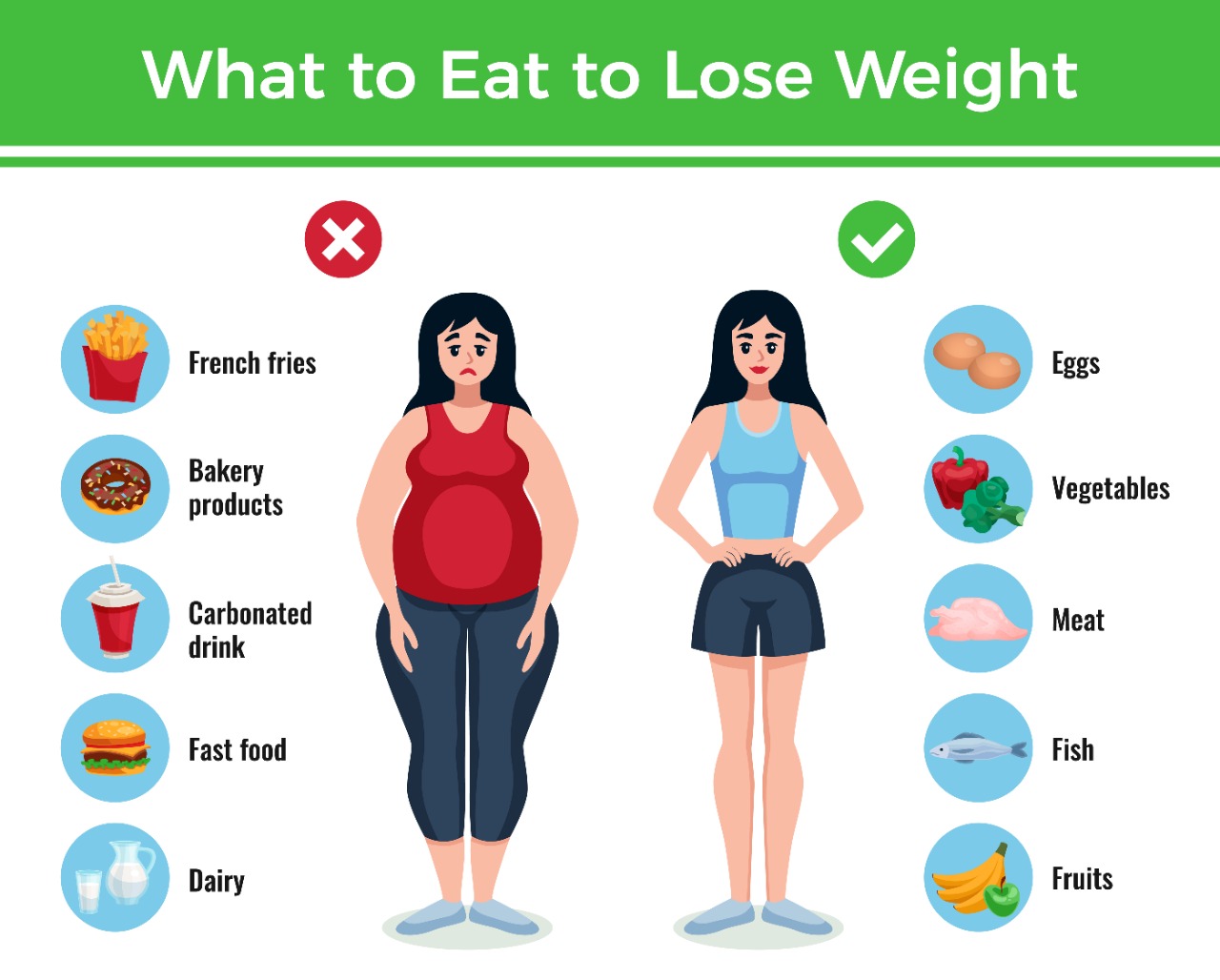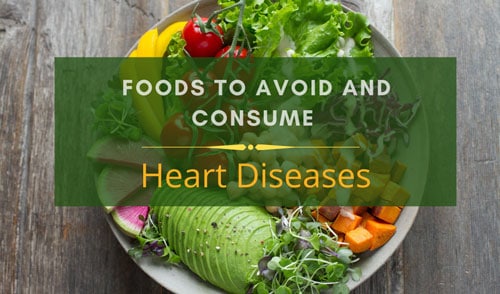
The elderly population is a diverse group of people with different health care needs. Therefore, frailty assessment scales should be used to evaluate the effectiveness of integrated care for this population. These scales also serve to identify high risks individuals. There are many frailty profiles, including mild, moderate and severe physical frailty. There are also cognitive and psychological problems. A large number of interventions, such as exercise, dietary modification, psychosocial programs, and cognitive training, are available to improve the quality of life of the frail elderly.
Frailty can be a condition of old age that has negative effects on health outcomes such as falls and fractures, hospitalization and early mortality. Frailty is associated with increased vulnerability, which is the result of decreased physiological reserve and functional impairment. It has been found that people who have been diagnosed with frailty have a higher risk of early mortality, nursing home admission, and hospitalization than those who do not. Integrating care for these patients requires the involvement of a number of professionals. Primary care clinicians will lead this team.

One important method for assessing the prevalence of frailty is the Frailty Phenotype approach. This model is based upon the idea that progressive impairments can be caused by metabolic and physiological changes and not accumulation of illness. There are several assessments that can be used to identify frailty. The PRISMA7 questionnaire is one example. Another useful tool is the interRAI HC Frailty Scale. This scale was developed for use in primary care, and it was evaluated by a geriatrician.
Different types of studies have been done to assess the efficacy and usefulness of frailty scales. Some studies were quantitative, while others focused on observational or cross-sectional research. Multiple scales were identified including the Edmonton frail, the Short Physical Performance Battery and the Frailty Phenotype. All of these were rated by the Cochrane Risk of Bias Tool for Randomized Trials.
A number of frailty profiles were identified, including the profile E. This profile was characterized with poor health and social problems. The profile F was characterized by multiple abnormalities, while the profile G had a relatively normal physical and psychological profile.
Global frailty scales differ. They differ in how the measure is done, what participants are used, and what functional domains they use. In some settings, they might not be appropriate. However, these scales are becoming more and more common, especially in high-income countries, where they can be easily used. Nevertheless, there is a need to evaluate the feasibility and the accuracy of these tests.

An individual approach is crucial to manage and prevent frailty. A competent, motivated primary care provider is essential for frailty management. This can be enhanced through education and training. It is important that these scales are implemented in a uniform manner and all healthcare levels agree on their implementation. To do this, further research is needed and guidelines should be developed.
FAQ
How can I control my blood pressure?
Find out the causes of high blood pressure first. Then, you can take steps to lower your blood pressure. This could mean eating less salt, losing some weight, taking medication, and so on.
Also, make sure to get enough exercise. Try walking if you don’t find the time.
A gym membership is a good idea if you don't like how much exercise your doing. A gym that has other members who share your goals will be a good place to start. It is much easier to stick with a exercise program if there are others who will be watching you at the club.
Is being cold bad for your immune system?
Cold weather can cause a decline in your immune system. Your body makes less white blood cell to fight infection. Cold can also make you feel better as your brain releases endorphins, which reduce pain.
What is the difference between a calorie or a kilocalorie.
Calories are units used to measure the amount of energy in food. Calories is the unit of measurement. One calorie is equal to one degree Celsius in energy.
Kilocalories are another term for calories. Kilocalories are measured in thousandths of a calorie. 1000 calories equals 1 kilocalorie.
How can I get enough vitamins
The majority of your daily needs can be met through diet alone. However, if you are deficient in any particular vitamin, taking supplements can help. A multivitamin can contain all the vitamins that you need. Or you can buy individual vitamins from your local drugstore.
Talk to your doctor to find out which foods are rich in vitamins. Some examples of rich sources of vitamins E and K include dark green leafy vegetables, such as spinach.
If you are not sure how much vitamin you should be consuming, ask your doctor. He or she will recommend the appropriate dosage based on your medical history and current health status.
What are 10 healthy habits you can adopt?
-
Eat breakfast every day.
-
Don't skip meals.
-
Maintain a balanced diet.
-
Drink plenty of water
-
Take care your body.
-
Get enough sleep.
-
Stay away from junk food.
-
Daily exercise
-
Have fun
-
Find new friends
How does an antibiotic work?
Antibiotics can be used to kill bacteria. Antibiotics are used for treating bacterial infections. There are many different types of antibiotics. Some can be taken orally, others are injected and some are applied topically.
People who have been exposed are often given antibiotics. For example, if someone has had chicken pox, he or she might take an oral antibiotic to prevent shingles later on. Penicillin might also be administered to someone with strep throat. This will help prevent the possibility of developing pneumonia.
If antibiotics are to be administered to children, they must be prescribed by a doctor. The possibility of side effects that can cause serious side effects in children is greater than for adults.
Diarrhea is one of the most common side effects of antibiotics. Side effects of antibiotics include diarrhea, stomach cramps and nausea. These symptoms usually go away after treatment ends.
Statistics
- According to the Physical Activity Guidelines for Americans, we should strive for at least 150 minutes of moderate intensity activity each week (54Trusted Source Smoking, harmful use of drugs, and alcohol abuse can all seriously negatively affect your health. (healthline.com)
- According to the 2020 Dietary Guidelines for Americans, a balanced diet high in fruits and vegetables, lean protein, low-fat dairy and whole grains is needed for optimal energy. (mayoclinichealthsystem.org)
- In both adults and children, the intake of free sugars should be reduced to less than 10% of total energy intake. (who.int)
- WHO recommends consuming less than 5% of total energy intake for additional health benefits. (who.int)
External Links
How To
What does the meaning of "vitamin?"
Vitamins are organic compounds that can be found in foods. Vitamins allow us to absorb nutrients from food. Vitamins cannot be made by the body; they must be taken from food.
Two types of vitamins exist: water soluble and oil soluble. Water-soluble vitamins dissolve readily in water. These include vitamin C (thiamine), Vitamin B1 (riboflavin), Vitamin B2 (riboflavin), Vitamin B3 (niacin), Vitamin B6 (pyridoxine), Vitamin C, B1 (thiamine), Vitamin B2 (riboflavin), Vitamin B3 (niacin), and Vitamin B6 (pyridoxine). Fat-soluble vitamins are stored within the liver and in fatty tissue. These include vitamin D, E and K, as well as beta carotene.
Vitamins are classified according to their biological activity. There are eight main types of vitamins:
-
A - Essential for healthy growth and health maintenance.
-
C is important for nerve function and energy production.
-
D – Essential for healthy teeth, bones and joints
-
E - required for good vision & reproduction.
-
K - Required for healthy nerves and muscles.
-
P – Vital for building strong bones.
-
Q - aids digestion, absorption and absorption iron
-
R is required for the production of red blood cells.
The recommended daily allowance (RDA), for vitamins, varies based on gender, age, and physical condition. The U.S. Food and Drug Administration, (FDA), sets the RDA value.
For adults aged 19 and older, the RDA for vitamin B is 400 micrograms daily. Pregnant women require 600 micrograms daily to support fetal development. Children ages 1-8 require 900 micrograms per day. Children under 1 year old require 700 micrograms daily, while infants over one year old need 500 micrograms every day. This decreases between 9 and 12 months.
Children aged between 1-18 years old who are obese require 800 micrograms per Day, while overweight children need 1000 micrograms every day. Children underweight or obese will require 1200 micrograms a day to meet their nutritional requirements.
Children aged 4-8 years old who have been diagnosed as having anemia require 2200 micrograms of vitamin C per day.
Adults over 50 years of age need 2000 micrograms per day for general health. Because of their higher nutrient needs, women who are pregnant or nursing need 3000 mg per day.
1500 micrograms are required daily by adults over 70 because they lose approximately 10% of their muscle each decade.
Women who have been pregnant or are lactating require more than the RDA. Pregnant women require 4000 micrograms daily during pregnancy, and 2500 micrograms every day after birth. Breastfeeding moms need 5000 micrograms per daily when breastmilk production occurs.